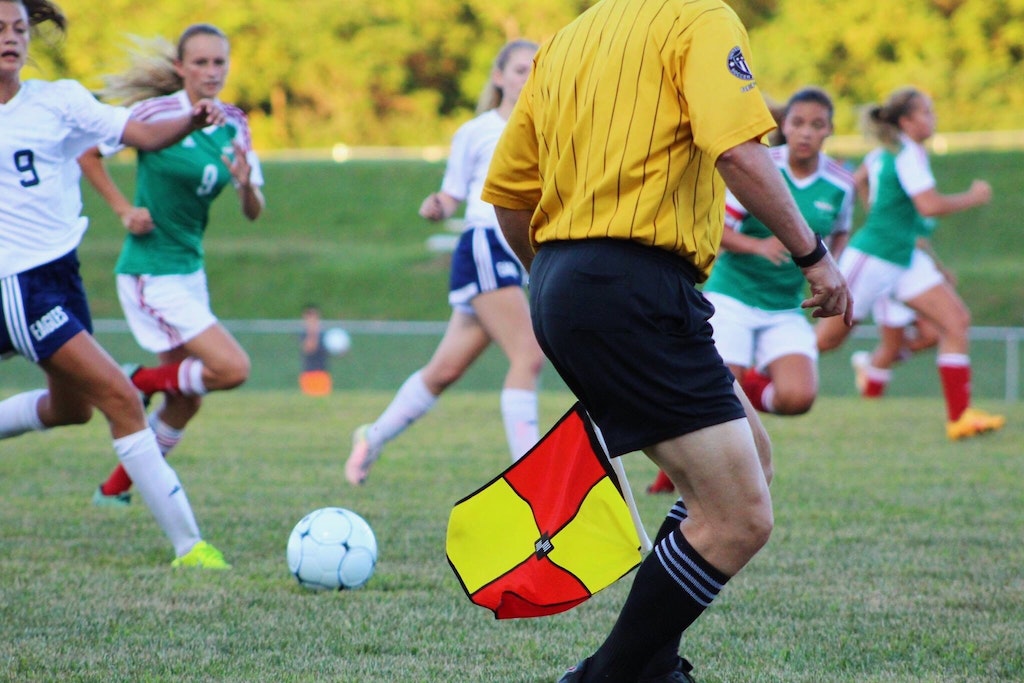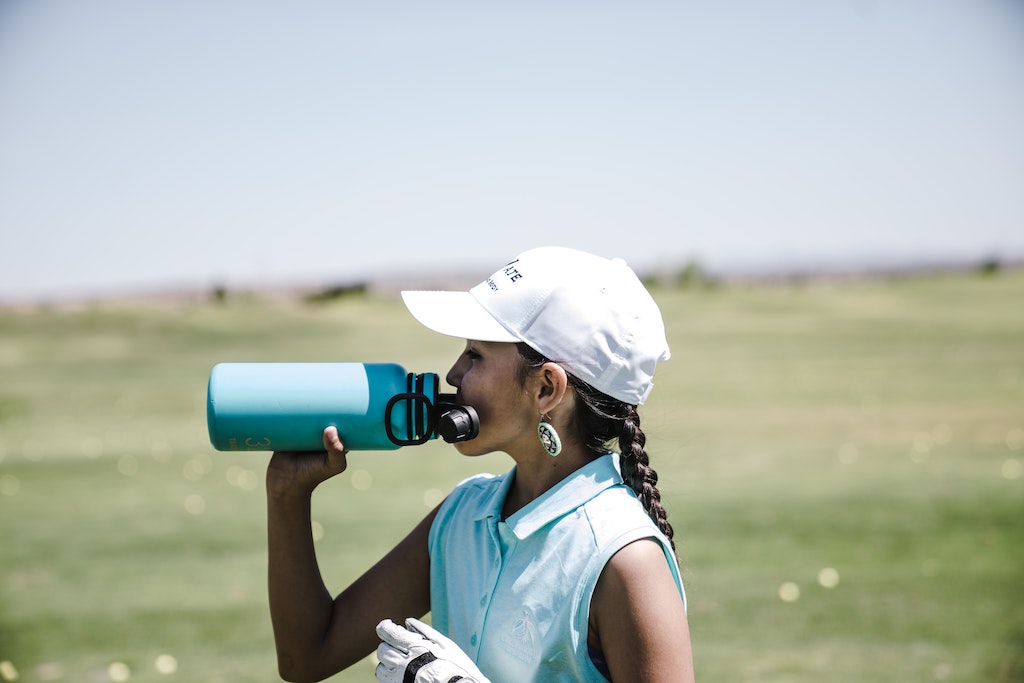Statewide heat stroke prevention mandate set to protect high school student athletes
With Southwest Florida’s heat index easily averaging 110 degrees this summer, it’s essential to take safety precautions while outside. If you have children involved in outdoor sports, protecting them effectively is vital to the prevention of heat stroke.

Just last week, Governor Ron DeSantis officially signed the Zachary Martin Act into law. Starting July 1, the statewide prevention mandate was established to protect high school student athletes from heat stroke and related illnesses. This landmark legislation is especially noteworthy as its namesake is one of Southwest Florida’s very own. Three years ago, Riverdale High School football player Zach Martin collapsed after a 4-hour practice in the brutal summer heat. After spending more than a week in a comma, Zach passed away on July 10, 2017. His mother, Laurie Giordano has worked tirelessly to push for systemic change after learning how Zach’s death could have been 100 percent avoidable. She established the Zachary Martin Foundation in 2017 to provide education, awareness, and prevention equipment to athletes, coaches, and parents about Exertional Heat Illnesses.

“This legislation is a game-changer for our children and will elevate safety as a top priority for youth sports. With the tragic loss of Zach, Laurie has made it her mission to educate and empower everyone to take heat stroke prevention seriously,”
said Ty Roland, Aloia Roland senior partner.
“As Laurie’s attorney, I’m incredibly proud of her relentless dedication to this cause. Passing this law is no small feat and I’m sure it will save the lives of student athletes across Florida.”
To better protect student athletes participating in athletics during hot weather and avoid preventable injury or death, this law requires Florida High School Athletic Association (FHSAA) member schools to:
- Monitor heat stress and modify athletic activities based on established guidelines;
- Identify levels at which a cooling zone must be made available for athletic activities;
- Make training and materials available for the effective monitoring of heat stress;
- Establish requirements for implementing cooling zones, including the presence of individuals with training on rapid cooling at athletic activities;
- Require school emergency action plans to include a procedure for onsite cooling using cold water immersion or equivalent means before transport to the hospital for EHS;
- Establish hydration guidelines, including appropriate introduction of electrolytes;
- Require student athletes to pass the annual medical evaluation each year before engaging in any athletic activities that occur outside of the school year.
- Require all athletic coaches and sponsors of extracurricular activities involving outdoor practices or events to complete annual training in EHS identification, prevention, and response, including effective administration of cooling zones.
- Beginning June 1, 2021, an employee or volunteer with current CPR and AED training must be present at each athletic activity during and outside of the school year. All employees or volunteers who are reasonably expected to use an AED must complete the training and must be notified annually of the location of each AED on school grounds, which must be available in a clearly marked and publicized location for each athletic activity.
Since heat stoke is 100 percent preventable, and anyone can suffer from it, it’s vital to know what to do in order to prevent it. And when someone is facing heat illness, you must know how to respond quickly.

Heat Stroke Symptoms
First, be sure to understand heat stroke symptoms. They include:
- Body temperature of 104 F or higher
- Confusion, slurred speech, agitation, and even seizures
- Skin will feel hot and dry and turn red as body temperature rises
- Nausea and vomiting
- Rapid breathing
- Headache
- Racing heartbeat
Treating Heat Stroke
Heat stroke can be dangerous and is a medical emergency. If you think you or someone you know may have heat stroke, call 911 immediately. Also, get out of the heat as soon as possible. Remove clothing and try to cool the person down by using a spray bottle with ice water in it, spray with a cold hose, or get them in a cold bath.

Prevention Measures
- Don’t wear any excess clothing. Too much clothing in hot temperatures hampers your body’s ability to sweat and cool itself down. Wear lightweight and loose-fitting clothing when possible.
- Drink plenty of fluids while outside and participating in active pursuits.
- Don’t drink alcohol in excess. Drinking too much alcohol can affect the body’s ability to regulate temperature.
- Wear hats and sunglasses while outdoors and be sure to use sunscreen.
- Whenever possible, stay out of direct contact with the sun, and get under shade whenever possible.
- Never leave anyone in a parked car.
As with most life-saving efforts, prevention is key. We must educate ourselves and others, take proper precautions and act quickly and responsibly if someone is affected by heat related illness.
To learn more about the Zachary Martin Memorial Foundation and its efforts, visit the website https://zachmartinfoundation.com.

